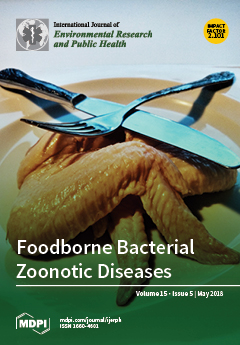1
Centre for Menstrual Cycle and Ovulation Research; University of British Columbia, Vancouver, BC V5Z 1M9, Canada
2
Canadian Multicentre Osteoporosis Study, Research Institute of the McGill University Health Centre, Montreal, QC H4A 3S5, Canada
3
Food, Nutrition and Health Program, University of British Columbia, Vancouver, BC V6T 1Z4, Canada
4
Medicine (Endocrinology and Metabolism), Obstetrics & Gynecology, and BioMedical Sciences, Memorial University of Newfoundland, St. John’s, NL A1B 3V6, Canada
5
Medicine and Public Health, Queens University, Kingston, ON, K7L 3N6 Canada
6
A Priori Medical Sciences Inc., Victoria, BC V8R 3E3 Canada
7
Department of Medicine, Division of Endocrinology and Metabolism, University of British Columbia, Vancouver, BC V5Z 1M9, Canada
8
School of Population and Public Health, University of British Columbia, Vancouver, BC V6T 1Z4, Canada
9
BC Women’s Health Research Institute, Vancouver, BC V6H 2N9, Canada
Abstract
Amenorrhea is important for women’s bone health. However, few have reported reproductive, anthropometric (body mass index [BMI], height) and bone health (areal bone mineral density [BMD], prevalent fractures) in a population-based study. The purposes of this cross-sectional study of women in the randomly-selected
[...] Read more.
Amenorrhea is important for women’s bone health. However, few have reported reproductive, anthropometric (body mass index [BMI], height) and bone health (areal bone mineral density [BMD], prevalent fractures) in a population-based study. The purposes of this cross-sectional study of women in the randomly-selected Canadian Multicentre Osteoporosis Study (CaM
os) population were: (1) to describe reproductive, demographic, anthropometric and lifestyle variables; and (2) in menstruating women, to relate reproductive and other variables to BMD at the lumbar spine (L1-4, LS), femoral neck (FN) and total hip (TH) sites and to prevalent fragility fractures. This study describes the reproductive characteristics of 1532 women aged 30–60 years. BMD relationships with reproductive and other variables were described in the 499 menstruating women. Mean menarche age was 12.8 years, 96% of women were parous and 95% had used combined hormonal contraceptives (CHC). Infertility was reported by 9%, androgen excess by 13%, amenorrhea by 8% and nulliparity by 4%. LS BMD was negatively associated with amenorrhea and androgen excess and positively related to current BMI and height. A later age at menarche negatively related to FN BMD. BMI and height were strongly related to BMD at all sites. Prevalent fragility fractures were significantly associated with quartiles of both LS and TH BMD.
Full article





